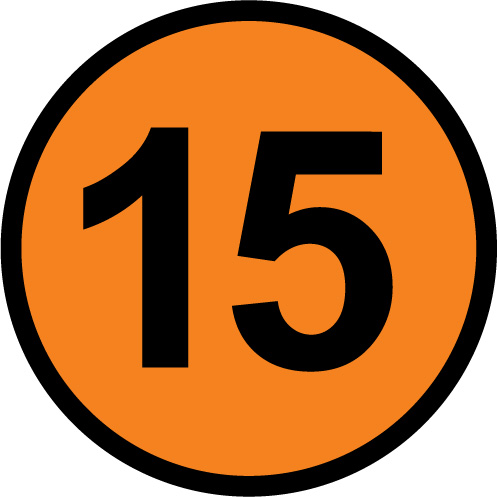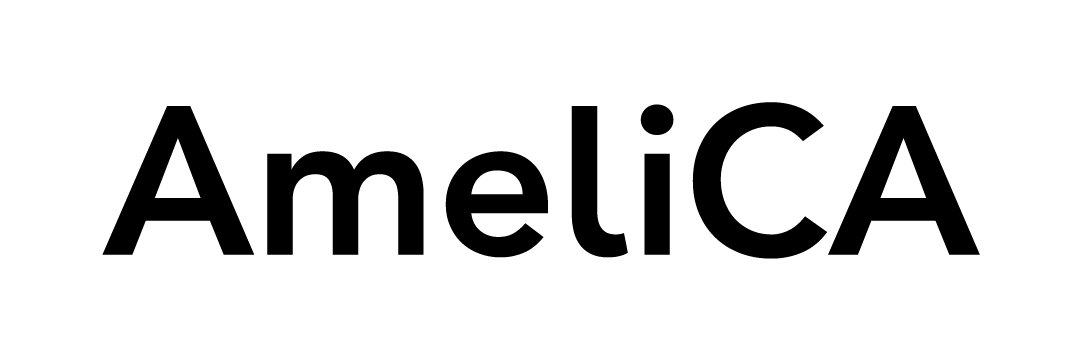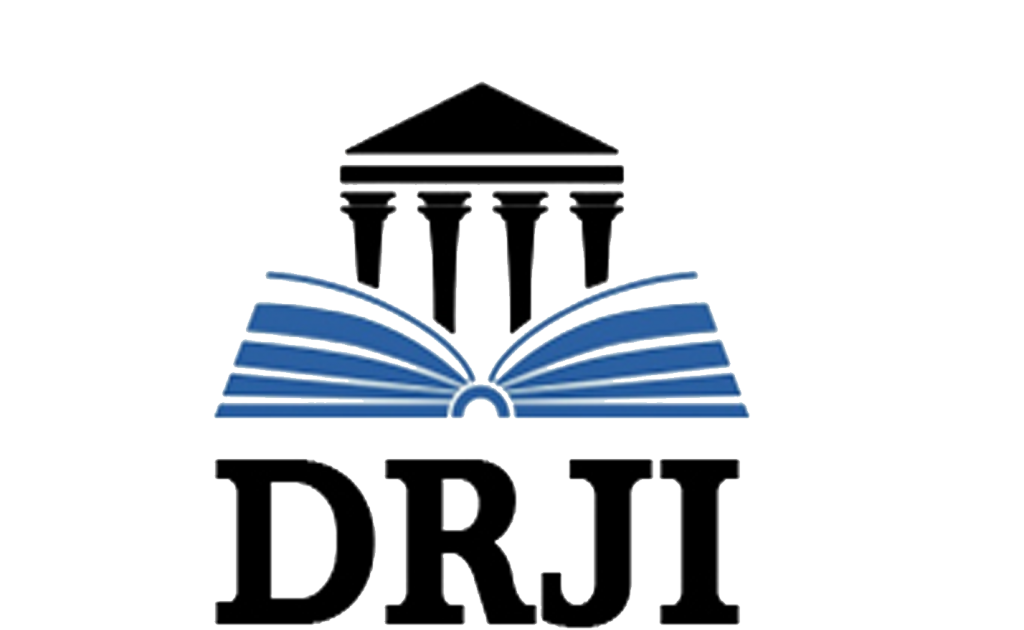“Nutritional Assessment in young people between 12 and 16 years old of two different educational realities, his relationship with a sedentary lifestyle and eating habits.2010”
DOI:
https://doi.org/10.53591/rug.v114i3.467Keywords:
Protein, Energy, Deficit, Rating, Teens, Anthropometry , Nutrition, Food, Information, MalnutritionAbstract
The nutrition-related problems in young adolescents are the problems associated with lack of knowledge in the selection of foods that you can choose from nutrients to meet the needs not do so for lack of information and training of specialists responsible for sharing information to improve the quality of life of the community dominate this on the lack of economic resources. The most common problems are protein-calorie malnutrition or protein-energy deficiency and overweight-obesity. He conducted research on this topic to determine the nutritional status of young adolescents in two schools in the city of Guayaquil with economic, social wanting different show if the purchasing power significantly affects the nutritional status performed a comparative study with a universe consists of 1147 young people between 12-16 years old. It took into account variables such as sex, age, weight, height, also were surveyed about the level of knowledge you have about nutrition and caregivers of the students themselves. The work was based on anthropometric measurements and surveys. The results were statistically tabulated and discussed, and it is proposed to implement an educational model of preventive measures.
References
Banco Mundial. Insuficiencia Nutricional en Ecuador, Quito: Banco Mundial; 2007.
Ecuador.nutrinet.org/ecuador/situacion-nutricional/58-las-cifras-de-la-desnutricion-en-ecuador.
Encuesta demográfica y de salud materna e infantil. Endemain. 2004
Ebbeling C, Dorota B, Pawlak D, Ludwig D. Childhood obesity: public-health crisis, common sense cure. Lancet. 2002;380:473-82.
Esquivel M, Gutiérrez JA, González C. Los estudios de crecimiento y desarrollo en Cuba. Rev Cubana Pediatr.2009;81(Sup):74-84.
B. Freire. Pan American Health Organization, (2005). «Nutrition and an Active Life. From knowledge to action».Rodríguez A. et ál. (1996), «Estado Nutricional de los niños de cinco provincias del Ecuador con respecto a la vitamina». Pan American Health Organtization. Vol. 30 n.
Fleta et al., 2000; Zhen-Wang & Cheng-Ye, 2005; Simsek et al., 2005; Chrzanowska et al., 2007; Boddy et al., 2009
International Obesity Task Force. European Association for the study of obesity. Obesity in Europe. The Case for Action. Position Paper. London, 2002.
Kautiainen S, Koivusilta L, Lintonen T, Virtanen SM, Rimpelä A: Use of information and communication technology and prevalence of overweight and obesity among adolescents. Int J Obes 2005, 29:925-933.
Kautiainen S, Koivusilta L, Lintonen T, Virtanen SM, Rimpelä A: Use of information and communication technology and prevalence of overweight and obesity among adolescents. Int J Obes 2005.
Lobstein T, Baur L, Uauy R. Obesity in children and Young people: A crisis in public health. Report to the World Health Organization by the International Obesity Task Force. Obes Rev 2004; 5 (Suppl. 1): S5-S104.
Martínez JA, Moreno B, Martínez González A. Prevalence of obesity in Spain. Obes Rev 2004; 5: 171-72.
Ministerio de Coordinación de Desarrollo Social. Mayo 2007. Por el Derecho a la Alimentación y la Vida. Alianza Nacional contra el Hambre y la Malnutrición Desnutrición. Lineamientos de Política.
Programa de las Naciones Unidas para el Desarrollo. http://www.pnud.org.ec/odm/index.htm.
Pontificia Universidad Católica de Chile, MINSAL. Encuesta Nacional de Salud Chile 2003. Informe Final, Santiago, marzo 2004.
Piazza N. La circunferencia de cintura en los niños y adolescentes. Arch argent pediatr [serie en internet]. 2005 [citado 14 de febrero de 2010];103(1):5-6.
Onis M, Wijnhoven TM, Onyango AW. Worldwide practices in child growth monitoring. J Pediatr. 2004;44:461-5.
World Bank, (2006). «Nutritional failure in Ecuador: Causes, consequences and solutions». II informe nacional de los objetivos de desarrollo del milenio - Ecuador 2007
Published
How to Cite
Issue
Section
License

This work is licensed under a Creative Commons Attribution-NonCommercial-NoDerivatives 4.0 International License.

This work is licensed under a Creative Commons Attribution-NonCommercial-NoDerivatives 4.0. International License.
You are free to:
- Share — copy and redistribute the material in any medium or format
- The licensor cannot revoke these freedoms as long as you follow the license terms.
Under the following terms:
- Attribution — You must give appropriate credit , provide a link to the license, and indicate if changes were made . You may do so in any reasonable manner, but not in any way that suggests the licensor endorses you or your use.
- NonCommercial — You may not use the material for commercial purposes .
- NoDerivatives — If you remix, transform, or build upon the material, you may not distribute the modified material.
- No additional restrictions — You may not apply legal terms or technological measures that legally restrict others from doing anything the license permits.































